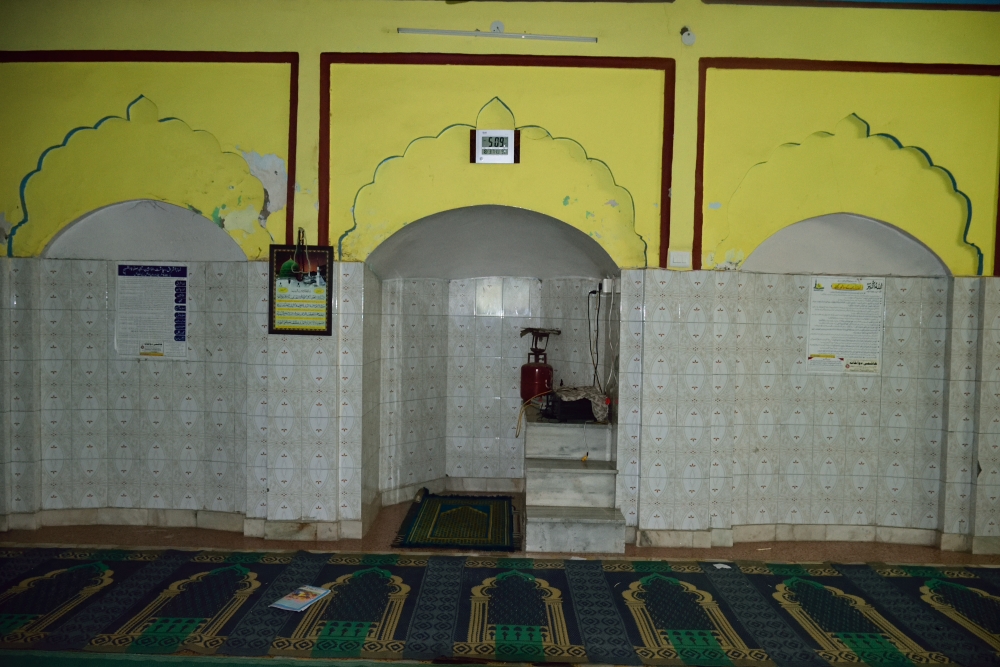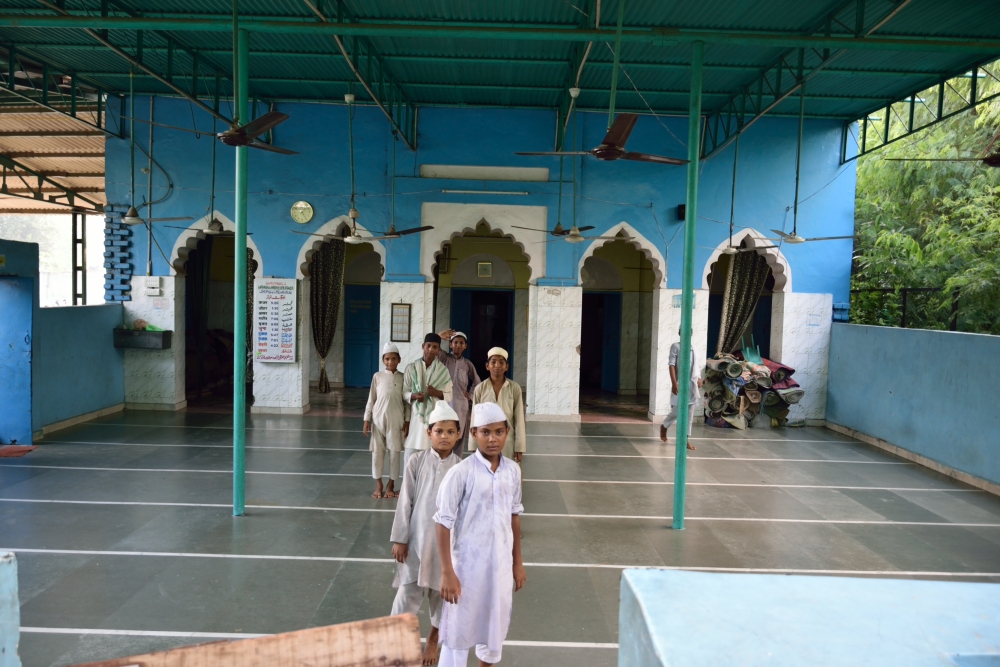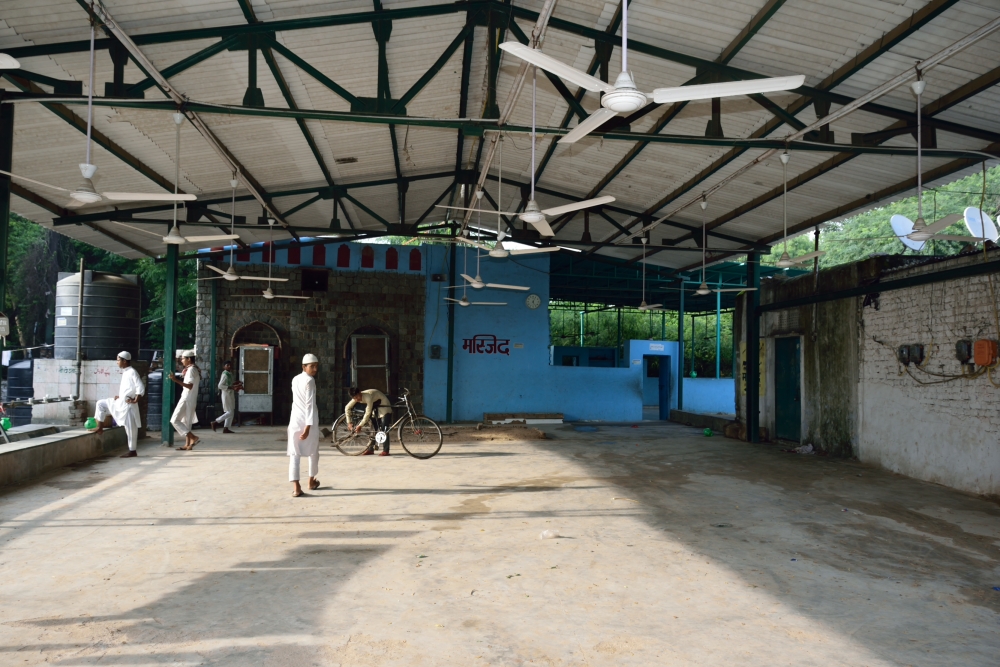




Approach: Approximately 1.2 km northeast of Qutub Minar Metro Station and 2.3 km southeast of Mehrauli Bus Terminal, located on the main Mehrauli-Gurugram Road. Airport: Indira Gandhi International (IGI) Airport Railway Station: Nizamuddin Railway Station Bus Station: Mehrauli Bus Terminal
The mosque is situated in close proximity to the tomb of Sheikh Haidar, enhancing the historical and architectural significance of the complex and its surroundings. It is believed to be one of the oldest structures in the area, reflecting the rich heritage of the region. Over time, it has remained an important religious and cultural landmark for the local community. Local / Traditional Description Associated with the Built Heritage / Site The mosque continues to serve as an active place of worship where regular prayers are conducted. In addition to daily prayers, it also hosts significant religious ceremonies and gatherings, maintaining its role as a spiritual center for the local population. Architectural Style The architectural style of the mosque belongs to the Tughlaq period, characterized by robust construction, simplicity, and functional design. The Tughlaq style often features strong fort-like walls, minimal ornamentation, and arched openings, which can be seen in this structure as well. Description of the Building / Structure / Site The mosque is a rectangular structure with five cusped arched openings on its facade. The western Qibla wall, which indicates the direction of prayer, features five mihrab recesses, traditional niches that signify the prayer direction. The mosque is not just a place of worship but has also been repurposed as a madarsa (Islamic school), where religious education is imparted to students. Over time, the original mosque structure has undergone several modifications. A concrete ceiling has been added, and various extensions have been made using modern materials. Unfortunately, these alterations do not conform to the original architectural style, impacting the historical authenticity of the building. Structure Material and Other Materials Used The original western wall of the mosque was constructed using rubble masonry, a traditional building technique where irregularly shaped stones are bound together with mortar and finished with a layer of plaster. However, subsequent modifications, extensions, and alterations have been carried out using modern bricks, concrete, and cement plaster, which are inconsistent with the historical construction methods. These additions have altered the visual and structural integrity of the mosque, blending old and new architectural elements in a way that affects its historical appearance. Despite these changes, the mosque continues to hold cultural and religious importance for the community, serving as both a place of worship and a center for learning.
Year of Built: 14th - 15th Century
Address: Immidietly to the east of the tomb of Skaikh Haidar, Mehrauli-Badarpur Road, 500 m to the east of Me
Country: India
State: Delhi
District: South Delhi
Pincode: 110030
Longitude: 77 11 53
Latitude: 28 31 15